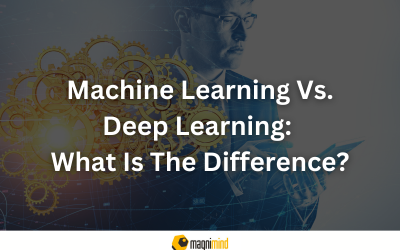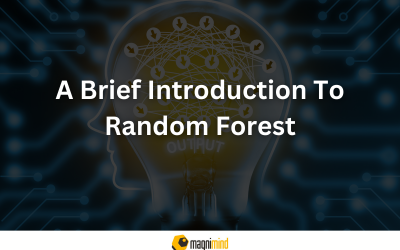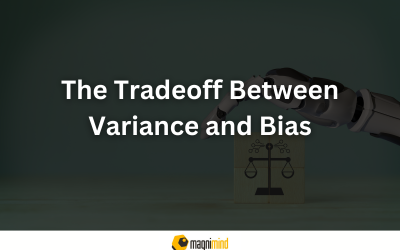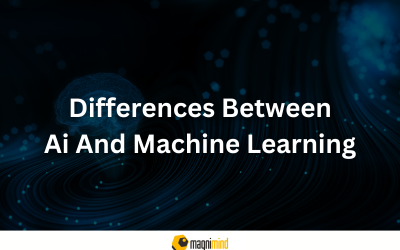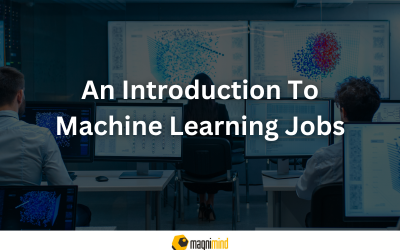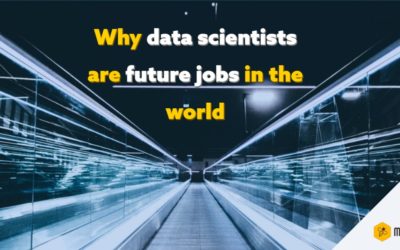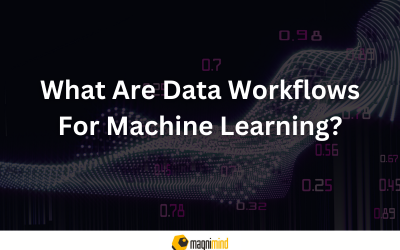Two of the most talked-about subfields of artificial intelligence (AI) are machine learning and deep learning. They are not the same thing, even though they are frequently used interchangeably. Businesses and organizations looking to implement AI-based solutions need to know the difference between the two.
Machine Learning Blog

How To Tune The Hyperparameters
Usually, knowing what values you should use for the hyperparameters of a specific algorithm on a given dataset is challenging. That’s why you need to explore various strategies to tune hyperparameter values. With hyperparameter tuning, you can determine the right mix of hyperparameters that would maximize the performance of your model.
Creating A Forest From A Tree: A Brief Introduction To Random Forest
Perhaps you already know that data scientists identify patterns in massive volumes of data. But do you know how? They use many different machine learning algorithms to translate the data into actionable insights based on which organizations make strategic business decisions. They need to choose the right algorithm to solve the problem at hand.
The Tradeoff between Variance and Bias
The tradeoff between variance and bias is a fundamental concept in the field of machine learning, and it refers to the fact that there is always a balance to be struck between a model's ability to accurately capture the underlying structure of the data, and its...
Machine Learning Professionals Need Degree!(?)
During the past few years, we’ve been experiencing an upward trend in talent acquisition in the field of machine learning. Though this field has traditionally been considered as something that only institutions working with huge amount of resources could utilize, wide implementation of machine learning today has transformed the scenario completely. From e-commerce to software product to different business landscapes – machine learning is being implemented to a great extent. As a result, there’s a huge demand of machine learning professionals across industries, throughout the globe.
Differences Between Ai And Machine Learning
With exceptional emergence and implementation of big data and analytics, both AI and machine learning have become two buzzwords in the industry right now. And they often seem to be used interchangeably. However, they shouldn’t be considered as one thing since there’re some clear differences that make AI and machine learning separate. If you’re like a majority of the marketers, and are perhaps planning to any or both of these, it becomes all the more important to have a solid understanding of the differences between them.
An Introduction To Machine Learning Jobs
With the heavy impact of artificial intelligence on almost every facet of society, there’s no doubt that businesses have already started harnessing the power of this technology. As a result, a huge demand of proper talents can be seen today. We all know that machine learning has the potential to change today’s business landscape but the speed of this transformation heavily depends on the availability of talents.
Why Data Scientists Are Future Jobs In The World?
Data scientist has topped the list of best jobs in the U.S. for three years in a row, according to Glassdoor. Not only a huge demand exists for these professionals but there’s a significant amount of shortage too in getting qualified data scientists.
What Are Data Workflows For Machine Learning?
You may already know that machine learning is all about developing mathematical models in order to comprehend data. Here, a diverse range of technology and tools is used to identify patterns among large datasets to improve a knowledge base or a particular process. Though the concept of machine learning isn’t new, with the emergence of big data, the technology is gaining a huge momentum these days.

